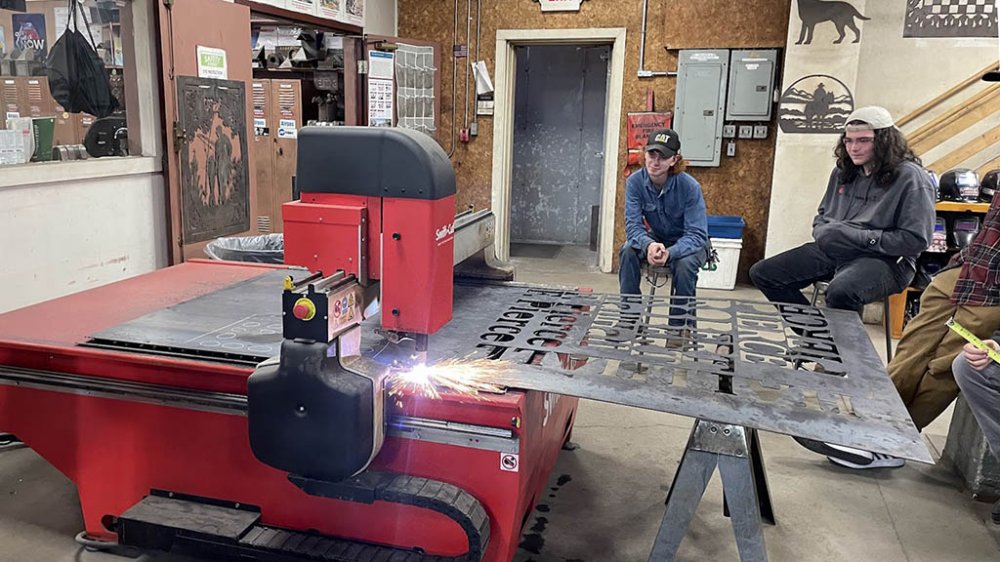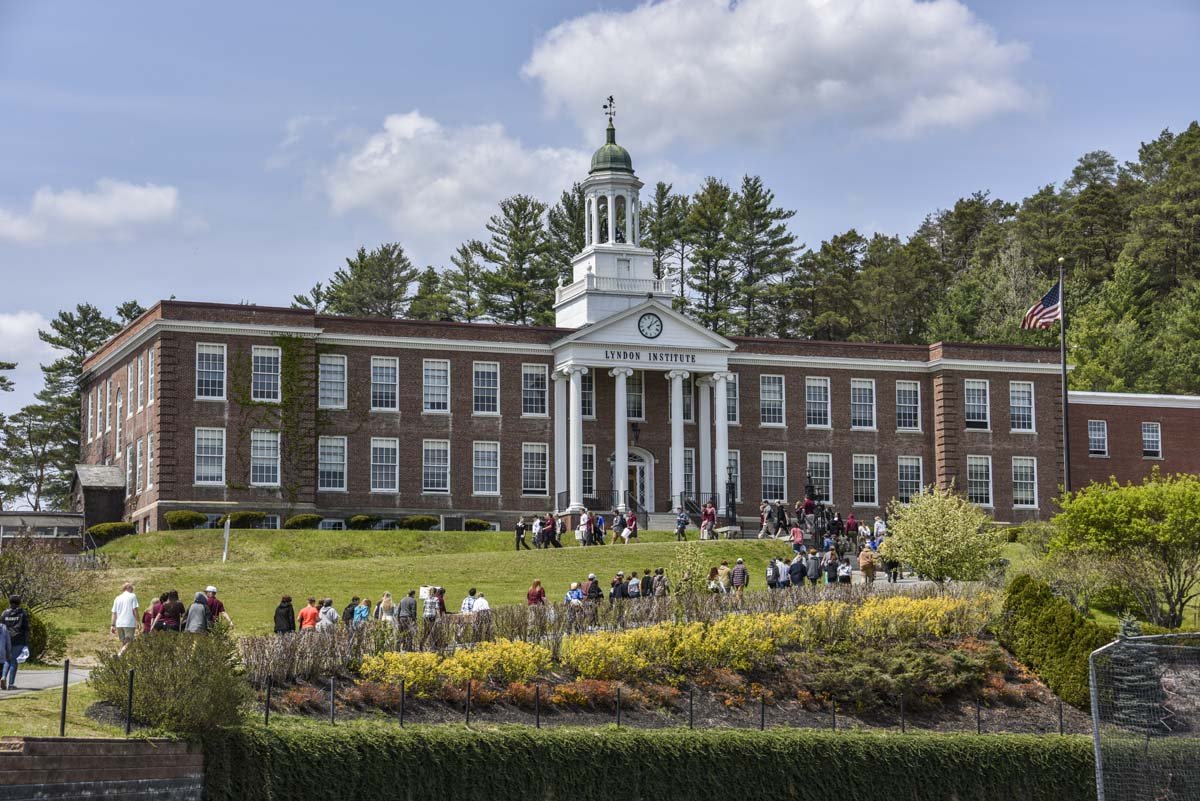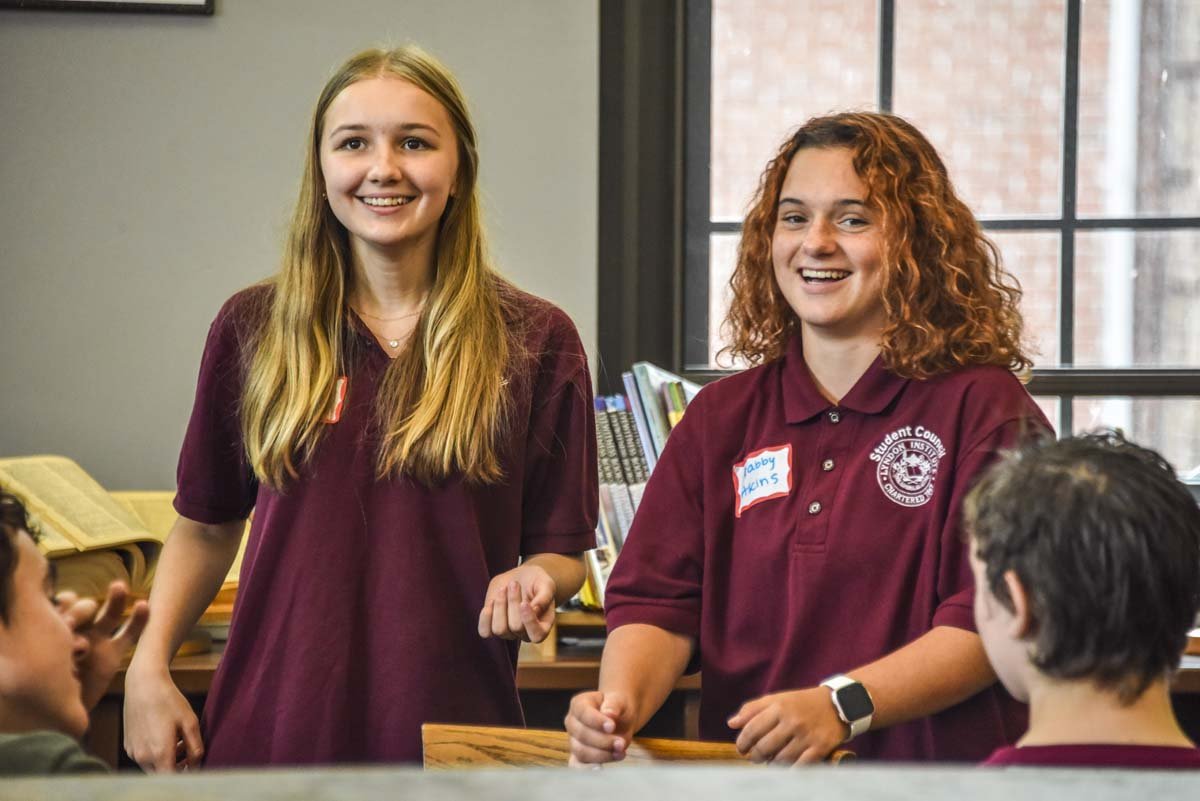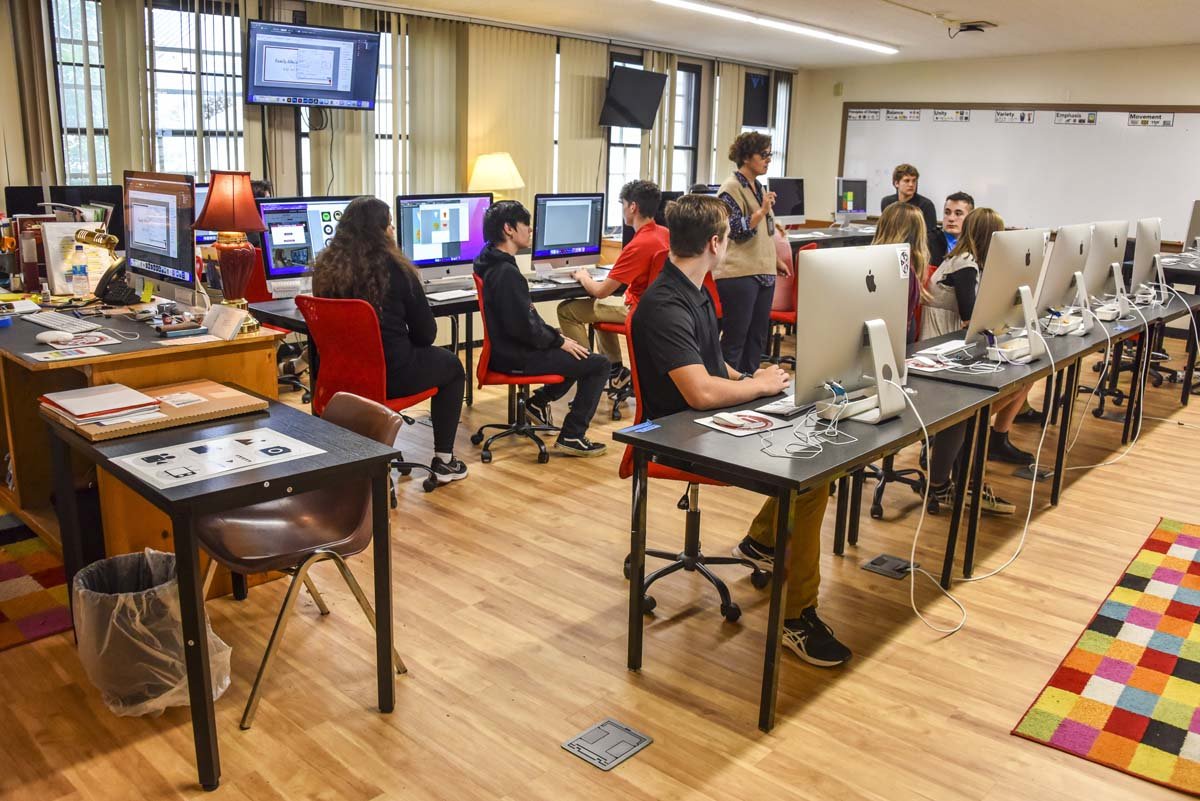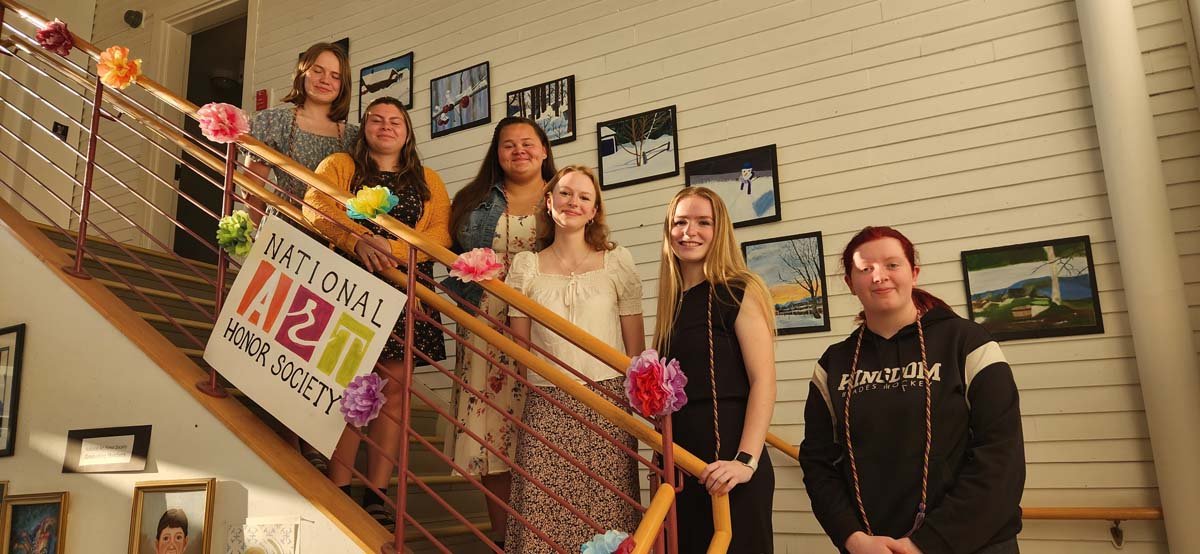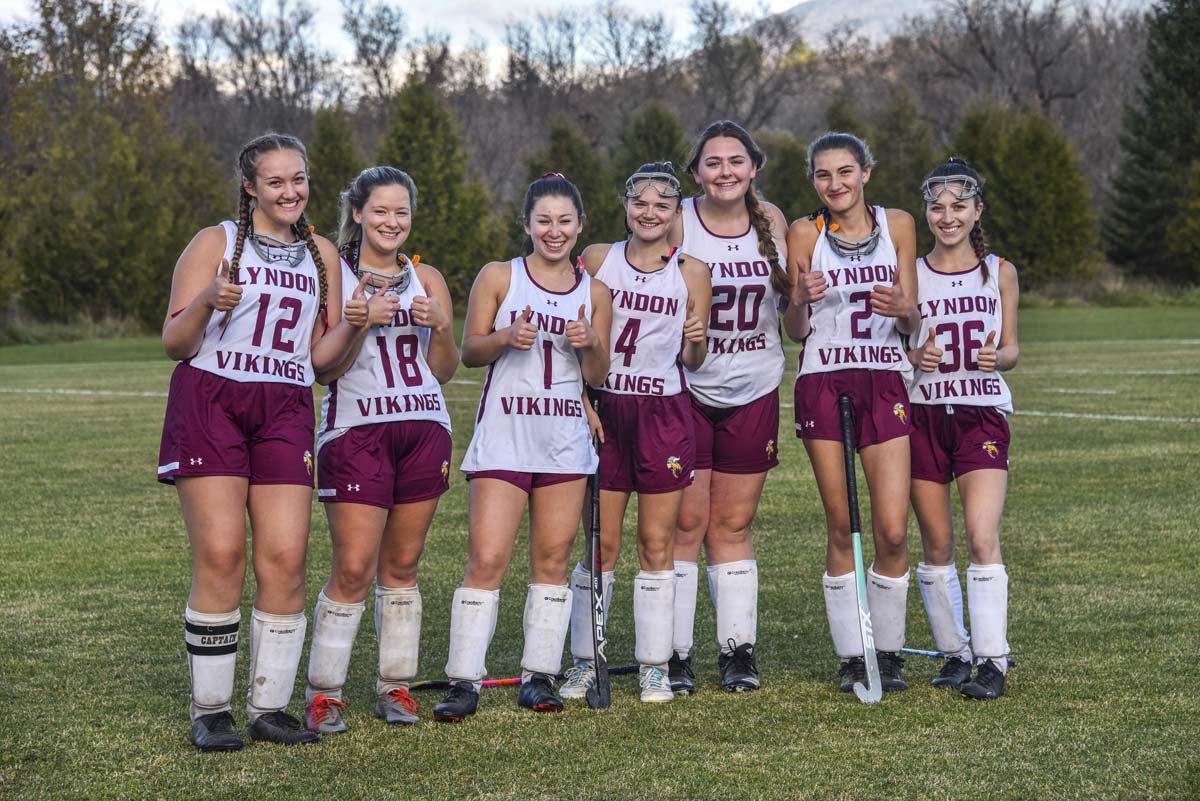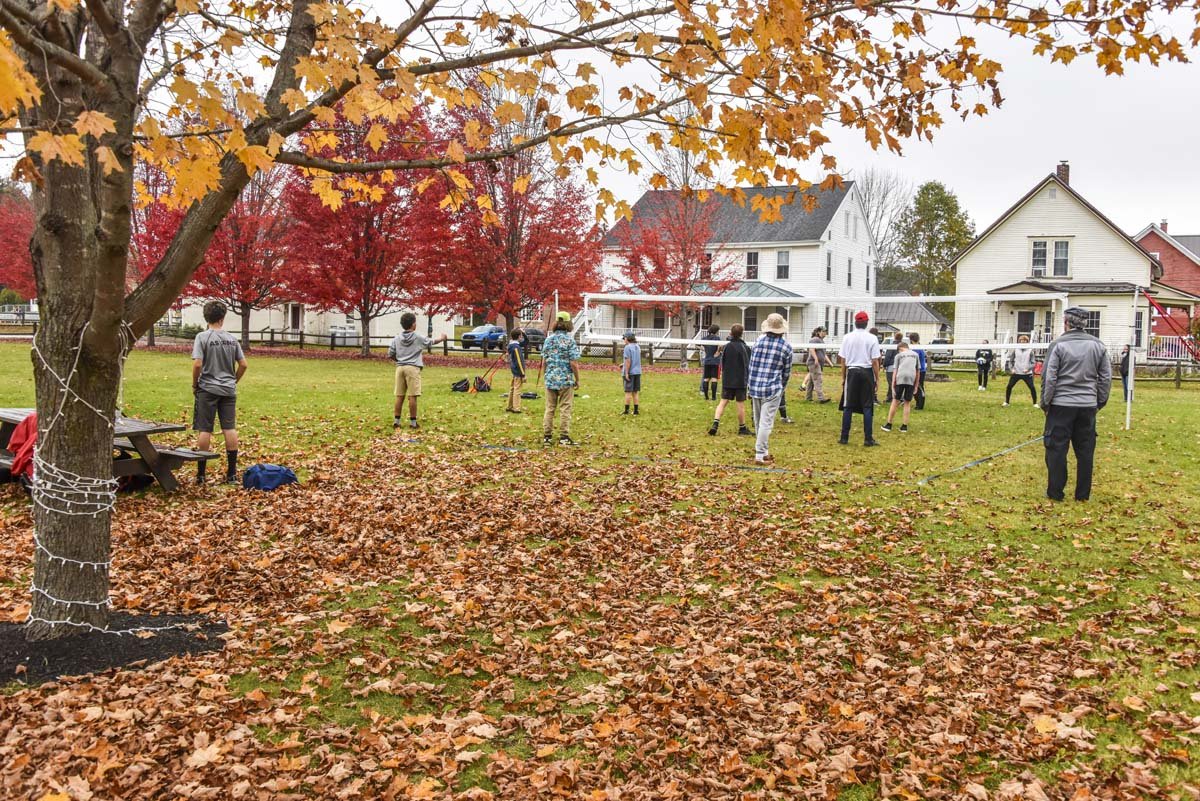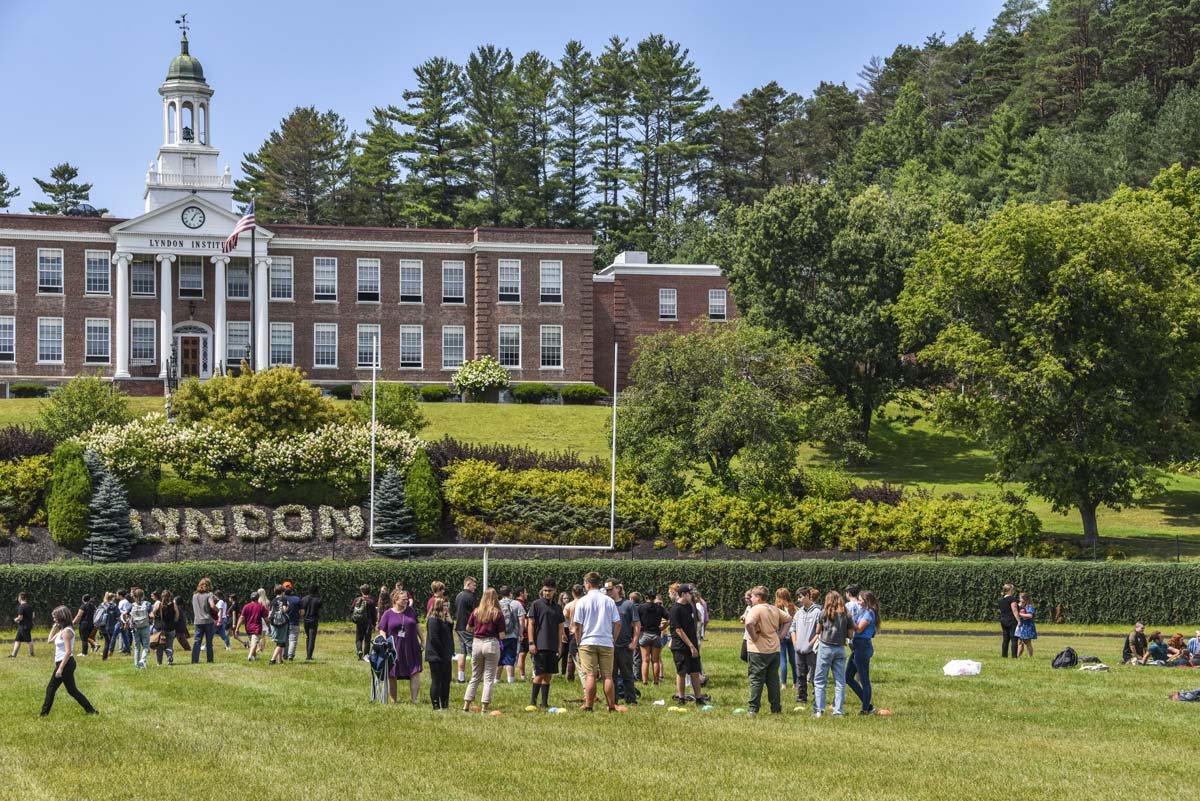- Our School
- Admissions
-
Academics
- Divisions and Faculty
- Commencement 2024
- January Term
- International Program (ESOL)
- College and Career Counseling
- Upward Bound
- Library/Monahan Academic Commons
- Career/Technical Education
- Lyndon Learning Collaborative
- Flexible Lyndon Institute Pathways (FLIP)
- Specialized Instruction
- Adult Continuing Education
- Lyndon Institute Course Catalog
- Student Services
- Arts
- Athletics
- Campus Life
- Support LI
- Alumni
« Back
Cutting Edge: LI Welding Students Put New Plasma Cutter To Work
October 10th, 2023
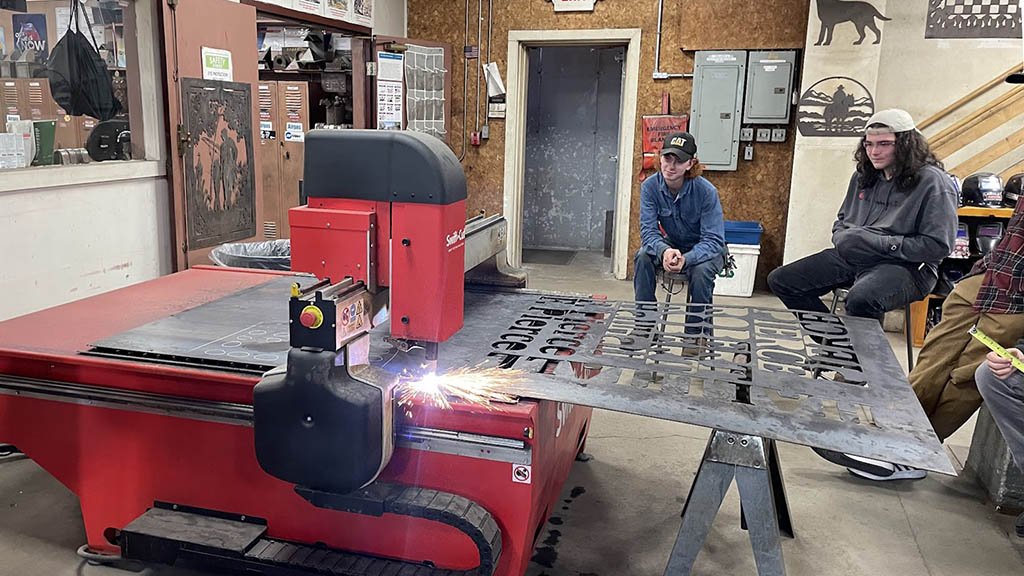
By David Stahler Jr.
The welding shop, located in the basement of Lyndon Institute’s True building, is organized and tidy, with welding stations lining one wall and various pieces of equipment spread out on the opposite side. Steel sculptures and artifacts of past projects hang about the room; a classroom takes up one end of the shop, with a garage bay at the other, its open door letting in the warm afternoon sun.
About a dozen or so students have gathered after lunch for Welding 2 with instructors Ryan Brill and Lisa Newland. Today is a special day—they get to take the shop’s new plasma cutter for a spin. Since arriving on campus last year, the CNC plasma cutter has already been put to use in other classes, but this is a first for these students.
Class starts with Brill showing off a table of welding goodies donated by AirGas, who operates a branch in St. Johnsbury. The company has donated $7000 worth of supplies to LI’s program, and Brill is clearly excited.
“Check out these grinding sets!” he says, holding up a few packages. “These are $200 each. And we’ve got about $400 worth of tungsten here.”
Like kids on Christmas morning, they look through the supplies—torch tip cleaners, new stringers, new clamps.
“We’re going to appreciate these things, right?” Brill tells the students. “We’re going to take good care of them. Just because they’re free, doesn’t mean we abuse them.”
He explains that the windfall comes from a grant LI submitted to Air Gas. “Only two schools in the U.S. were picked to receive the grant.”
From there, we move on to the big event. The project? A TIG rod holder. While many of the plasma cutter projects are artistic in nature or serve some kind of aesthetic purpose (cut-out images of trees or letters for signs), many are purely utilitarian. In this case, the class is using several sheets of steel that when cut and assembled will hold filler rods used in tungsten inert gas (TIG) welding.
Brill gathers the students around the machine and talks them through the design for their holding rack. Sitting at the computer station, he draws the pattern they’ll use to guide the plasma cutter, then has the students take measurements of the tube’s diameter. They then measure the depth of the sheet—in this case an eleven gauge sheet of steel, measuring .125 inches thick.
While the class is working through the process, I ask a couple of the students what led them to studying the craft. Some of the students will go on to enroll in the half-day program and work toward a professional welding certification. But others are drawn for different reasons.
“I just enjoy learning a new skill,” says senior Maison Owen. Owen hopes to follow in his family footsteps and become a dairy farmer. “My grandfather knows how to weld. In farming you need to know how to do everything, and this can be useful. I like the idea of being able to bring my skills to the farm. Plus, I can do odd jobs with it and help others in my community.”
For junior Briar Locke, the draw is more basic. “I just like to burn things!” he jokes. But even for Locke, who is studying auto mechanics, the skill has a purpose. “It helps a lot in auto. I’ll come down here to the shop during study halls just to practice and make parts.”
The plasma cutter itself is a formidable sight—a bright red painted machine with a water-cooled station to hold the steel, the computer controlled cutting arm that zips back and forth above it, and the adjacent programming station, with its computer monitor and keyboard.
After taking the correct measurements, using the software to input the design into the computer, and laying the sheet onto the tray, the fun begins.
“Heads up, everybody!” Brill warns the class.
A zap and burst of light makes everyone jump a little as the plasma cutter goes to work, cutting out a sequence of holes on the thick piece of steel with surprising speed. Sparks fly, water hisses, the robotic arm’s motor whines as the work proceeds. But it's the light that draws one’s attention—the intense brilliance of the plasma arc, a blend of compressed air and electricity that approaches 40,000 degrees fahrenheit.
“Is it okay to look at it?” I holler over the noise.
“I wouldn’t stare at it too long!” Brill hollers back.
I try to look away, but it’s hard—the light and sound show is mesmerizing. In a few short minutes, the job is done; several rows of perfectly cut holes along the surface of the square that itself has been cut from the main sheet now sit, waiting for future steps.
I ask Brill later how LI came to own such a machine.
“We bought it just about a year ago. Most of the $35,000 cost was covered by a grant we received. A donation from the Kirchoff family covered the rest.”
That means something to Brill, who started teaching welding at LI in 2021 and was named LI Teacher of the Year last year. After all, it was Larry Kirchoff—who passed away in 2021—who taught Brill how to weld when he attended LI from 2003 to 2006.
“This is actually a replacement cutter. The first one came when I was a student back in 2005. We were the first class to use it.”
Approaching twenty years old, the first cutter had been sitting dormant for several years, mostly just taking up room in the shop when Brill took up the job as welding instructor and moved to replace it.
“The software was outdated. It had other issues, as well,” Brill says. “For a while we talked about trying to resurrect the machine, but we were looking at an $8,000-$10,000 cost for something that was twenty years old with no guarantee from the company even if we got it up and running.
“So we decided to push for a new model, one that has a water cooling table and the most up-to-date CNC technology, something we could use in other areas of the CTE program.”
The new model was purchased from a company called Swift Cut, who manufactures the machines in conjunction with Hypotherm, a company that makes the actual plasma cutter head.
“Hypotherm is based not far away in New Hampshire. I like the idea of helping support a local company,” Brill says.
I asked Brill about the value of having a plasma cutter in his curriculum and its applications.
“Most industries now use a cutting table of some kind in their production work, whether it's hydro, laser, or plasma, so it’s a great skill to have. These cutters allow you to fabricate objects with incredible precision that are difficult to craft in other ways.
What’s great about this tool is that we can use it across the curriculum, both in welding and CTE. I use it in my Welding for the Artist course, Metal Fabrication 1, and Welding 2. But the CNC class can use it in their work, the Graphic Design program can use it for projects, and even the Automotive program can use it to craft parts.”
In the last year, the new plasma cutter’s presence is starting to show up in different areas around campus—in sculptures, firepits, and even the letters that adorn the new Pierce Wing expansion that just celebrated its grand opening. Students are using it to craft everything from Christmas ornaments to full-blown award-winning sculptures.
“Having this plasma cutter helped allow us to host Skills USA competitions here on campus last year,” Brill added.
While welding involves joining pieces of metal together, having a new tool that produces an arc hotter than the surface of the sun to cut things apart is now opening up a world of possibilities—both practical and artistic—for a whole new generation of LI students.
Posted in the category Front Page.

